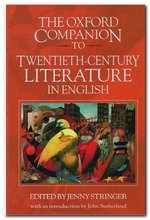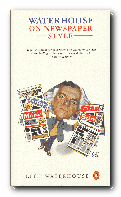sample from HTML program and PDF book
1. Topics are distinct units of meaning. They are normally sub-divisions of a subject, but they can sometimes stand as the purpose of an essay in their own right.
2. For instance, if the subject of an essay was ‘government’, the separate topics for discussion might be ‘finance and taxation’, ‘law-making’, ‘public health’, and ‘international diplomacy’. Each one of these however might, in a different context, be a subject on its own.
3. If ‘international diplomacy’ became the main subject of an essay, this might be considered by sub-dividing it into topics such as ‘government policy’, ‘political history’, ‘trade and industry’, and ‘foreign relations’.
4. In most essays, the subject in question can and should be broken down into a series of separate topics. These are then arranged in some persuasive or logical order at the planning stage to form your argument.
5. Remember that each paragraph normally deals with a separate topic. This should be signalled (usually by a ‘topic sentence’) at the outset. Its relevance to the subject in question should also be explained as part of the argument.
6. In the following essay plan the main subject is ‘French wine’ and the topics to be discussed are Loire wines, Bordeaux wines, Cotes du Rhone wines, and Burgundy wines.
Introduction
Loire
* red wine
* white wineBordeaux
* red wine
* white wineCotes du Rhone
* red wine
* white wineBugundy
* red wine
* white wineConclusion
7. In the following essay plan the main subject is ‘Congestion charging in city centres’, and the topics to be covered are – traffic density, ecology, economy, and politics.
Introduction
Part One – In favour of congestion charges
* [traffic] reduces volume
* [ecology] less air pollution
* [economy] generates local income
* [politics] positive social controlPart Two – Against congestion charges
* [traffic] public transport alternatives
* [ecology] transfers problem elsewhere
* [economy] reduces profitable activity
* [politics] punishes tax-payersConclusion
© Roy Johnson 2003
Buy Writing Essays — eBook in PDF format
Buy Writing Essays 3.0 — eBook in HTML format
More on writing essays
More on How-To
More on writing skills
 Oxford Companion to Twentieth Century Literature in English
Oxford Companion to Twentieth Century Literature in English Twentieth-century Britain
Twentieth-century Britain Gavin Ambrose & Paul Harris,
Gavin Ambrose & Paul Harris, 